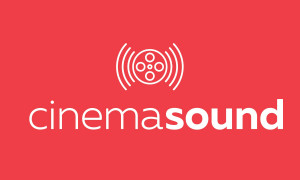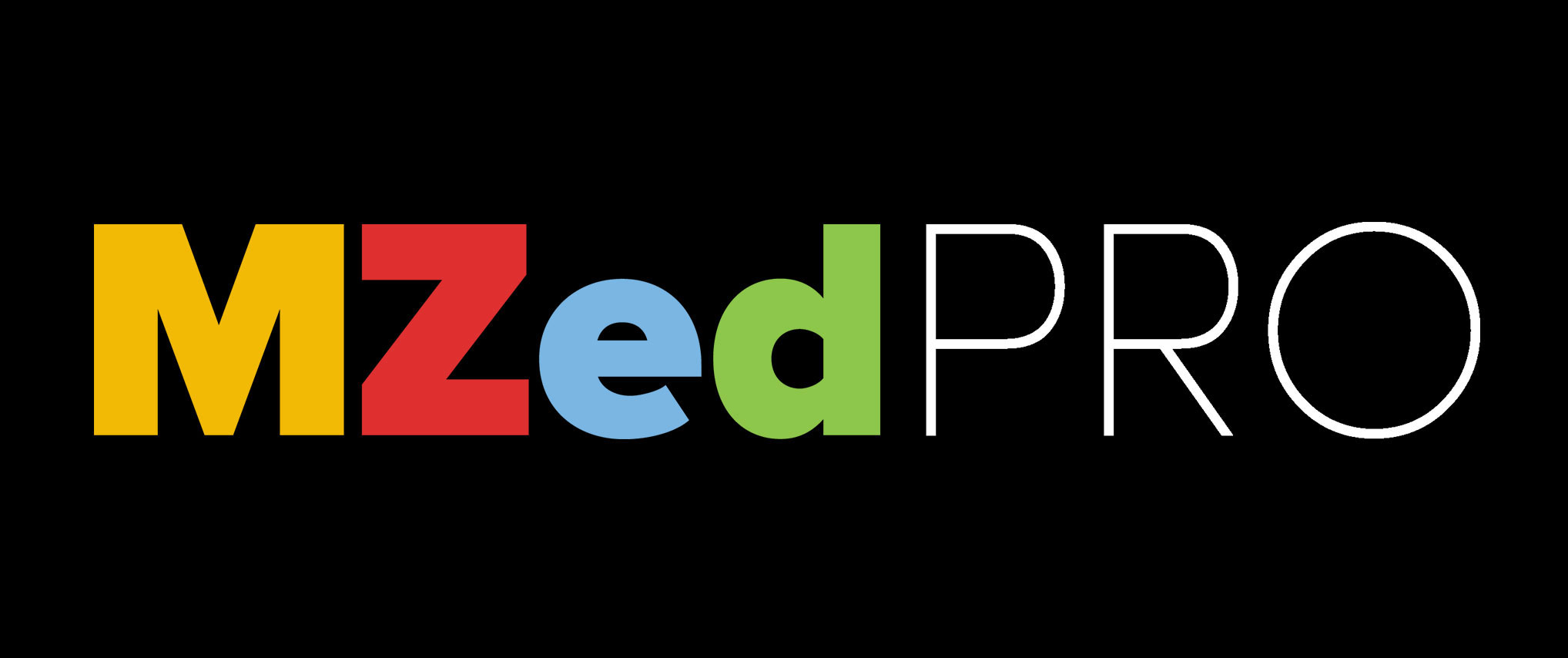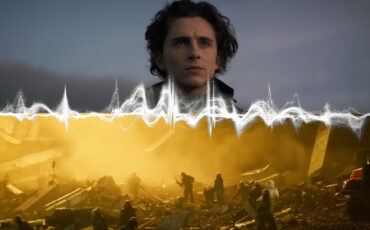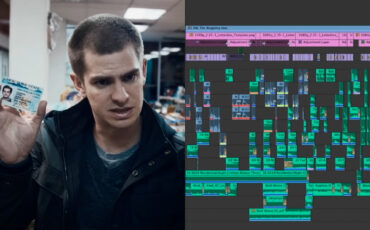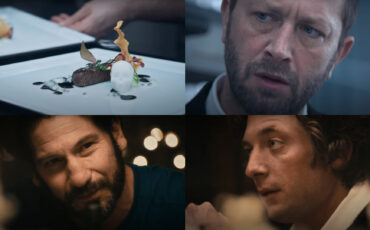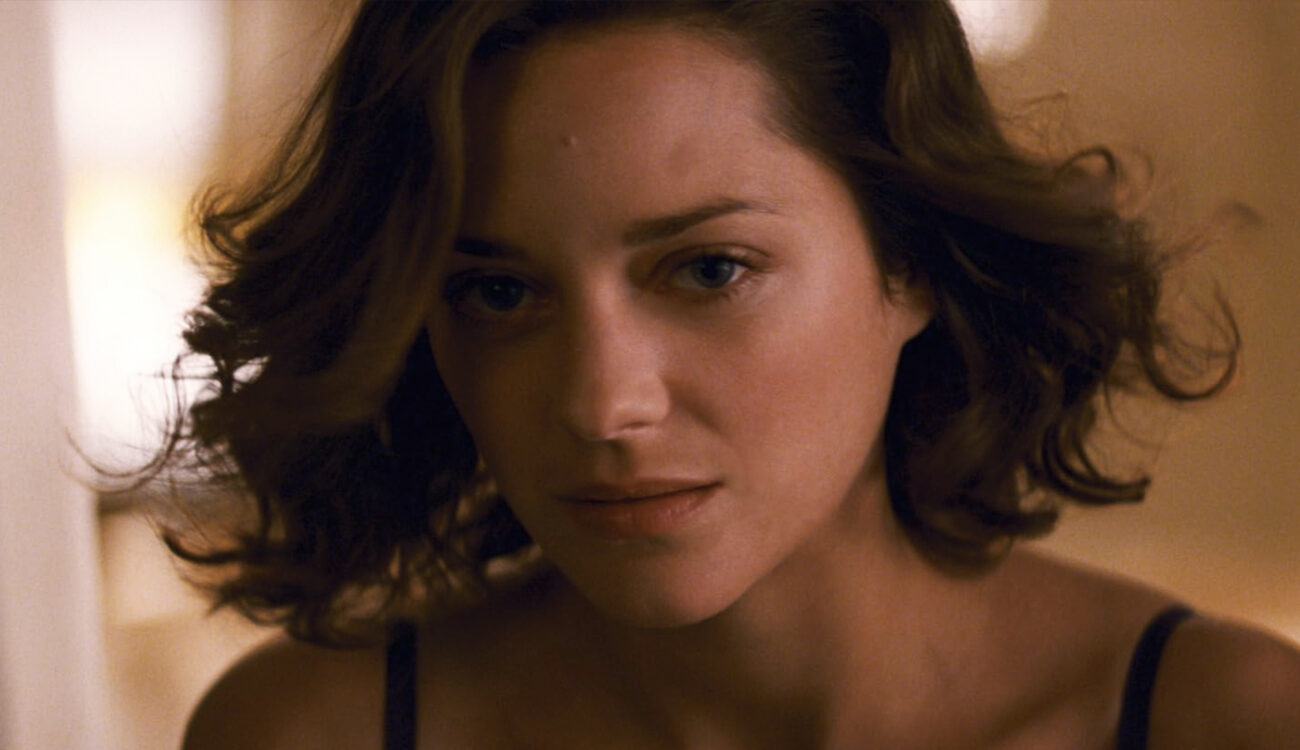
Sure, films can work without music. They can work without audio altogether, and the silent movie era proved it better than I ever could. But what a joy it is to have a composer on your project and turn the score into a strong storytelling tool on its own! It’s possible to add another level to your narrative that no filmmaker should miss. What are the main ingredients? How to use a film score as a narrator? Whose workflow can we learn from? All that and more below.
There has been a big debate about AI music generators lately. Not only concerning the ethical question, (and we won’t go into that here). Some people strongly believe that if this development continues, real composers will be out of business. Well, I don’t think so. If you see music only as an ambiance piece, which adds some light mood to your video, then maybe. But as soon as you need it to become more, your composer will have to be human. They don’t just combine notes in melodies and harmonies. They understand the story, feel and enhance it, bringing the audience into a definite emotional state, which is needed for a specific moment.
In this article, we will take a look at how some film composers work. Even if you have no desire to write music yourself (trust me, I don’t), it’s still an insightful read. Especially if you want to direct a movie and need to establish a creative workflow with your composer.
Lyrics as a narrator
Let’s start with what may be an obvious but still important case: Themes and songs with lyrics. As with any text in your movie, lyrics bring new information to the viewers. Establishing the theme, revealing the inner thoughts of a character, and setting the tone – these are just a few of the tasks they can take care of. Naturally, every rule is there to be broken, but still. Whenever you choose songs with words, remember that they add another delivery system to your narrative. So, use them with caution!
Cinema Sound
A powerful example that masters this tool is the first scene of “Apocalypse Now.” The film opens with a famous song, “The End” by the Doors.
First off, being a band from the Vietnam War period, the Doors anchor the film historically. Secondly, their lyrics suggest, from the get-go, that this will be a critical view of war. Also, quite a bold decision to start a film–and we know that the beginning is a very important spot of every movie–with the statement, “This is the end.” The book “Cinematic Storytelling” offers an interesting interpretation:
The inverted sense of right and wrong, good and evil in a world gone mad is also suggested by putting a song with lyrics that start with “This is the end” at the beginning of the film. This initial inversion is continually repeated in other forms of the film. The first time we see the protagonist, for example, he is in close-up and upside down – a graphic interpretation of the theme already established by the lyrics.
From the book “Cinematic Storytelling” by Jennifer Van Sijll
An important note: if you are a writer and want to include an existing song with lyrics in your script or even revolve the whole story around it, it’s important to get the rights first.
Score as a narrator: Hans Zimmer’s approach
In the “Team Deakins” podcast, renowned Hans Zimmer recalls lots of stories of how he created different pieces or collaborated with various directors. One of them stuck with me – his work on “Inception.”
Hans Zimmer was writing the music for it, while the director Christopher Nolan was filming in Iceland. They had gone over the script a thousand times up to that point, so Hans knew the story really well. Once the shoot was over, the composer asked to send him the filmed sequences, but Chris wouldn’t. He said he didn’t want his creativity to be caged by the idea of a shot or a cut. “Finish the score first, and then we will adjust it to the picture.” In Hans’s words, his grumpiness took over, and he decided to send the composed pieces without telling Chris which scenes they were intended for. Yet, when they watched the first version of the film together, he was worried. What if the director didn’t get his ideas? What if his music was wrongly placed? And there was one particular scene Hans recalls:
In this scene, Cobb’s wife, Mal, sits at the window and talks about suicide. Hans remembers a moment from the script, suggesting that her shoe drops. So, he wrote this exact detail into the music – a small accent, a note, a tonal change. He didn’t even know whether they had actually filmed this moment. Yet, even in the first film version, the note was there, right in its place. It absolutely hit, as did the rest of his music.
For me, that’s an example of a score that is so aware of the story that it becomes the story itself. Also, what an incredible workflow to try out!
Music that narrates intuitively
There is always the question of workflow, and this will differ from one filmmaker to another. Let’s take a look at a completely different approach to composing film music. If you ever watched the “Twin Peaks” series, then you remember Laura Palmer’s theme. It got burned into the back of our heads, didn’t it?
In the subsequent video, the composer Angelo Badalamenti recalls how this piece was born. He would sit at his keys. The director, David Lynch, would take a place on his right, and the journey would begin. David used to put images in the composer’s head, verbally guiding him through the atmosphere and scene development. “We are in the dark woods now, and there is some soft wind blowing through the sycamore trees…” – and the first notes fly out of the keyboard. Then David adds an image of a very sad, lonely girl behind the trees, and the melody slowly transforms.
It’s a magical process of creating a score that instantly follows the story. If you haven’t watched this video yet, I urge you to:
Film score as a narrator: elements
How does it work? How do composers manage to get under our skin with their scores? Partly because of their own incredible storytelling skills. And partly because they know how music works.
In our comprehensive “Cinema Sound” course on MZed.com, the audio guru Mark Edward Lewis dedicates eight modules to working with music and creating it, going deep into the technical details.
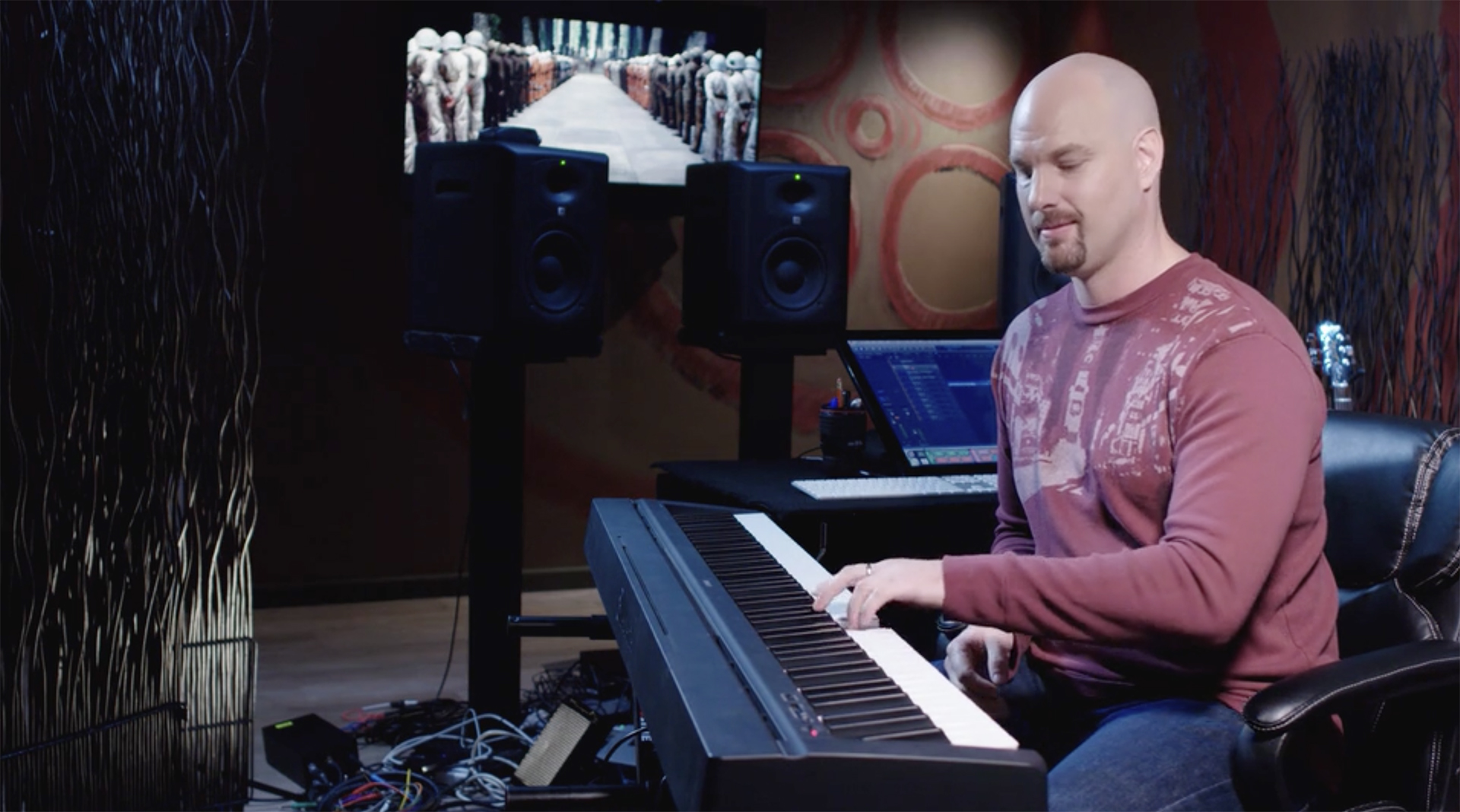
To explain how music achieves its incredible impact on the audience, Mark breaks it down into three general matters:
- Rhythm. Rhythm basically affects our bodies: we are either compelled to go into motion or face an instinctive “fight or flight” reaction. Think of ritual dances in Africa, for example – drums are the most important part. Another interesting fact from Mark: Different tempos cause different anatomical responses in the audience. While 150 BPM, for example, is perfect for frenetic action scenes, 74 BPM corresponds roughly to the average tempo of sex, so it can support intimate sequences in your movie.
- The melody of a musical piece engages the brain and our thoughts. It throws us into a thematic recall or lets us return to a specific character or a story part in our head. That’s why it’s so useful to have separate themes for different figures and storylines.
- Harmony is what’s responsible for the emotional impact. It’s a magical glue that gives us this “I feel it” notion.
When you combine these three together and create a strong, un-analyzable bond, then your music starts to narrate and opens doors for an emotional reaction. And what a beautiful journey it is!
Conclusion
If you are an aspiring composer and want to gain technical knowledge on creating an engaging score, head over to our MZed course “Cinema Sound.” Not only does Mark Edward Lewis break down all the terms (stems, cues, bar, etc.) into edible chunks of information, but he also demonstrates a lot of practical examples.
What are your thoughts on the idea of the score acting as a narrator? Do you agree that it can significantly enhance storytelling in a film? Or do you merely use it to create an atmosphere for your projects? What workflow do you personally use in the composer-director relationship? Share your experiences with us in the comments below!
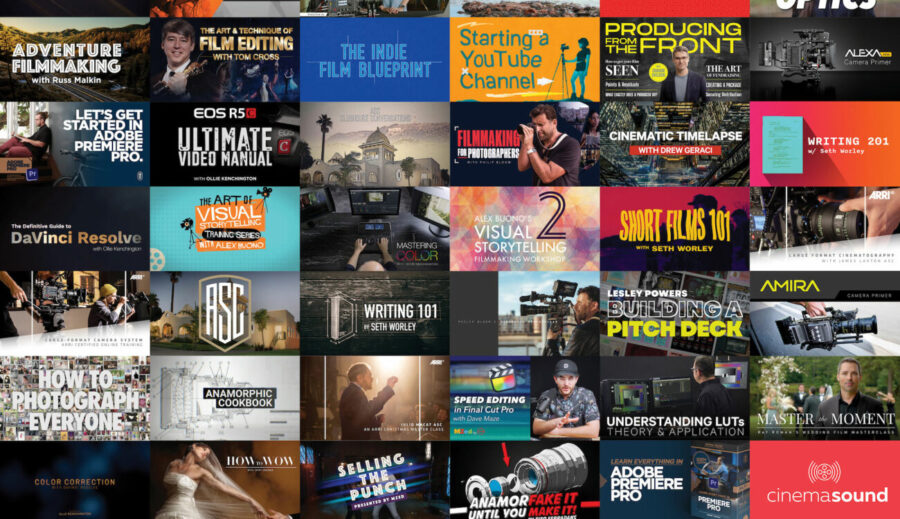
Feature image: a film still from “Inception” by Christopher Nolan, 2010.
Full disclosure: MZed is owned by CineD.
Additional source: “Cinematic Storytelling” by Jennifer Van Sijll, 2005.
